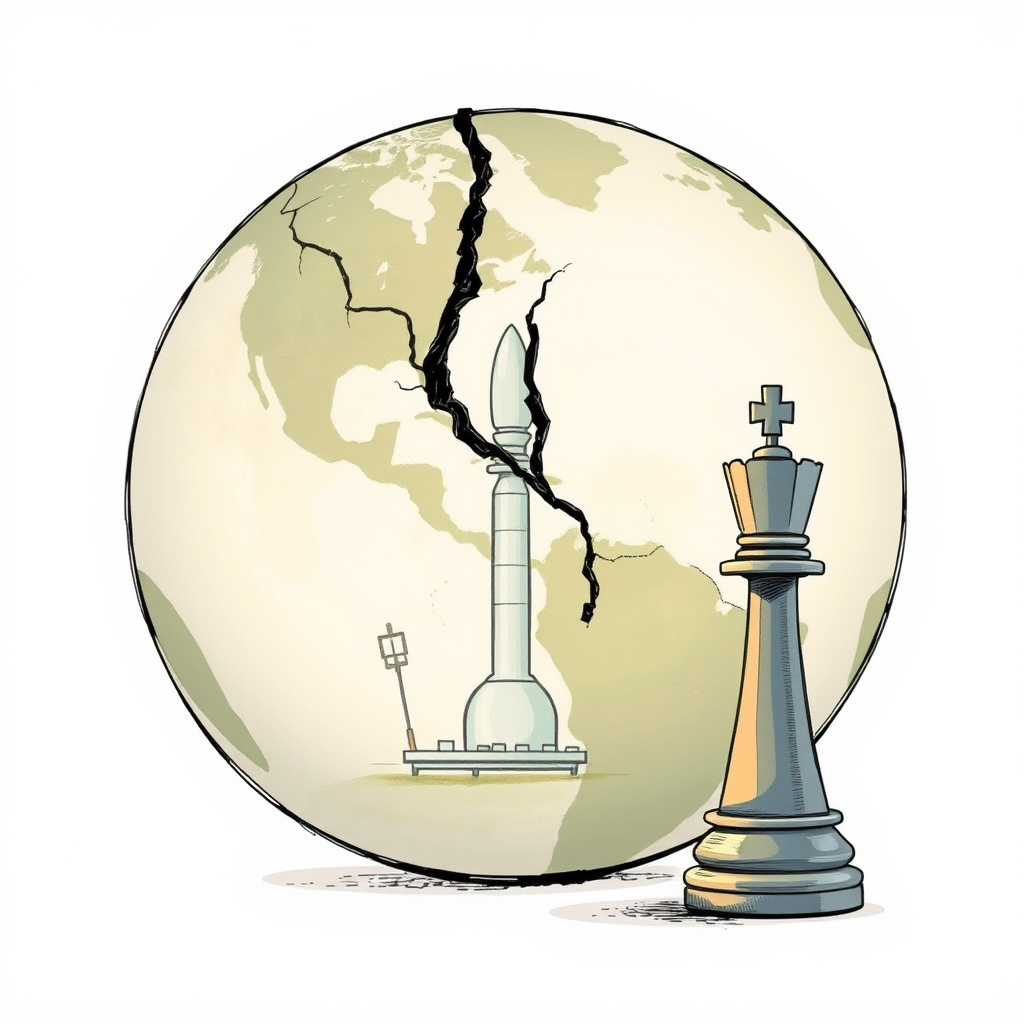Russia’s Nuclear Threat: Cold War Echoes Return

Russia’s nuclear rhetoric has escalated dramatically since its invasion of Ukraine, echoing Cold War-era anxieties and prompting a reassessment of global nuclear posture. What began as a series of warnings has evolved into revised nuclear doctrine and assertive actions, raising concerns among Western powers, though experts largely believe an actual nuclear strike remains unlikely.
Following the full-scale invasion in February 2022, President Vladimir Putin placed Russia’s nuclear deterrent forces on high alert, responding to international condemnation. He subsequently warned that Russia would utilize “all means at its disposal” to defend its territory – a thinly veiled nuclear threat – and insisted it wasn’t a bluff. This rhetoric has been amplified by Deputy Chairman of Russia’s Security Council, Dmitry Medvedev, who has even warned of a “full-scale nuclear war” with NATO.
A significant shift occurred in November 2024 with the revision of Russia’s nuclear doctrine. This updated policy broadens the scenarios under which nuclear weapons could be deployed, now including conventional attacks deemed a “critical threat” to Russia’s sovereignty or territorial integrity, or attacks by a non-nuclear state backed by a nuclear power. These revisions are directly linked to the conflict in Ukraine, where cross-border attacks and Western military aid are ongoing.
Beyond rhetoric, Russia has demonstrated its nuclear capabilities through actions, most notably the deployment of tactical nuclear weapons to Belarus. Putin framed this move as a response to Western “aggression” and a parallel to U.S. “nuclear sharing” arrangements with NATO allies.
However, many experts believe this escalation is primarily a strategy to intimidate the West and influence the conflict, rather than a genuine prelude to nuclear war. Hans Kristensen, Director of the Nuclear Information Project at the Federation of American Scientists (FAS), suggests these actions are intended to impress upon the West the consequences of its actions or to project an image of strength domestically.
According to FAS estimates, Russia currently maintains a stockpile of approximately 4,300 nuclear warheads, surpassing the U.S. in total numbers. The U.S. is currently modernizing its nuclear forces, replacing aging systems, while Russia is also pursuing modernization efforts.
Kristensen notes a subtle but significant shift in NATO’s response to Russian nuclear posturing. While initially reluctant to mirror Russia’s escalatory rhetoric, NATO has quietly adjusted its operational posture, increasing the visibility of its nuclear forces through exercises and deployments. This includes more frequent port calls by ballistic missile submarines and increased strategic bomber operations, particularly in Northern Europe following the accession of Sweden and Finland to the alliance.
The recent deployment of a new U.S. nuclear bomb to Europe is a continuation of this modernization effort, replacing older systems without increasing the overall number of warheads. There is ongoing debate within the U.S. regarding the potential deployment of a new nuclear sea-launched cruise missile, a capability previously abandoned during the Cold War.
While Russia’s actions are undeniably concerning, the prevailing expert opinion suggests that the risk of nuclear war remains low. However, the current environment demands vigilance and a clear understanding of the evolving nuclear landscape. The subtle shift in NATO’s operational posture, coupled with ongoing modernization efforts on both sides, underscores the need for continued dialogue and a commitment to arms control, even amidst heightened geopolitical tensions. The situation is a dangerous game of brinkmanship, and miscalculation could have catastrophic consequences. It’s a stark reminder that nuclear weapons remain a potent and ever-present threat in the 21st century.